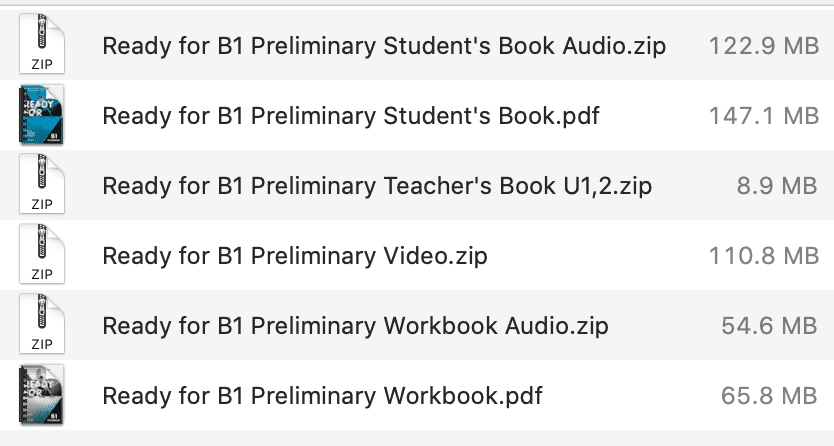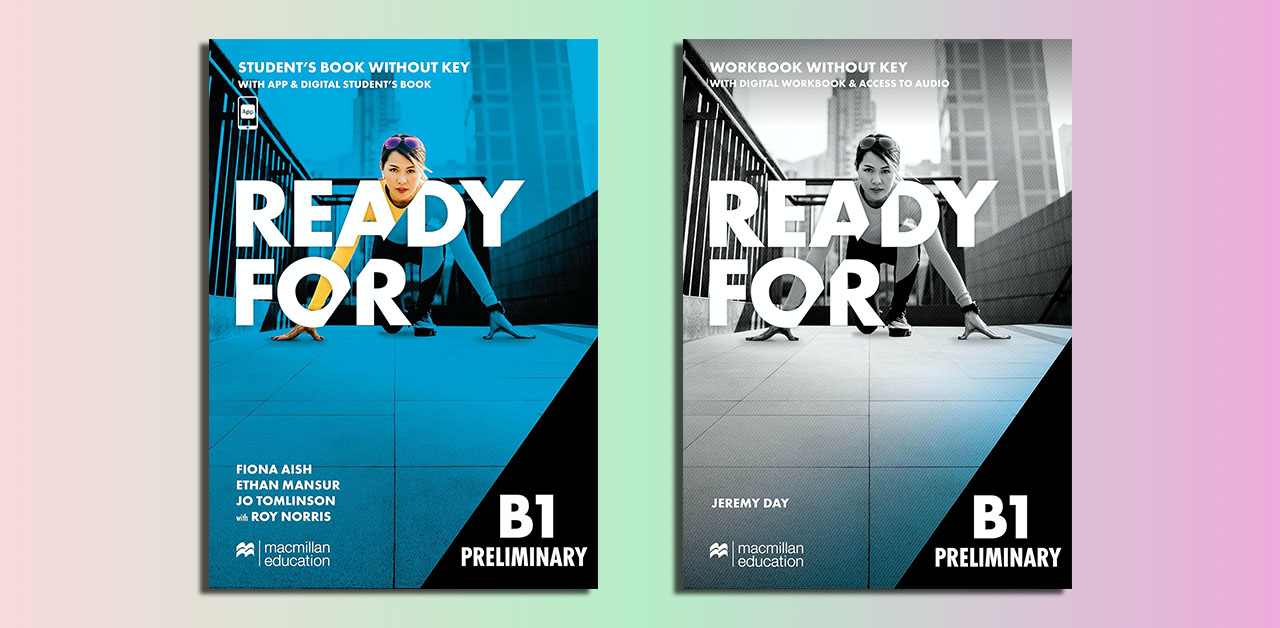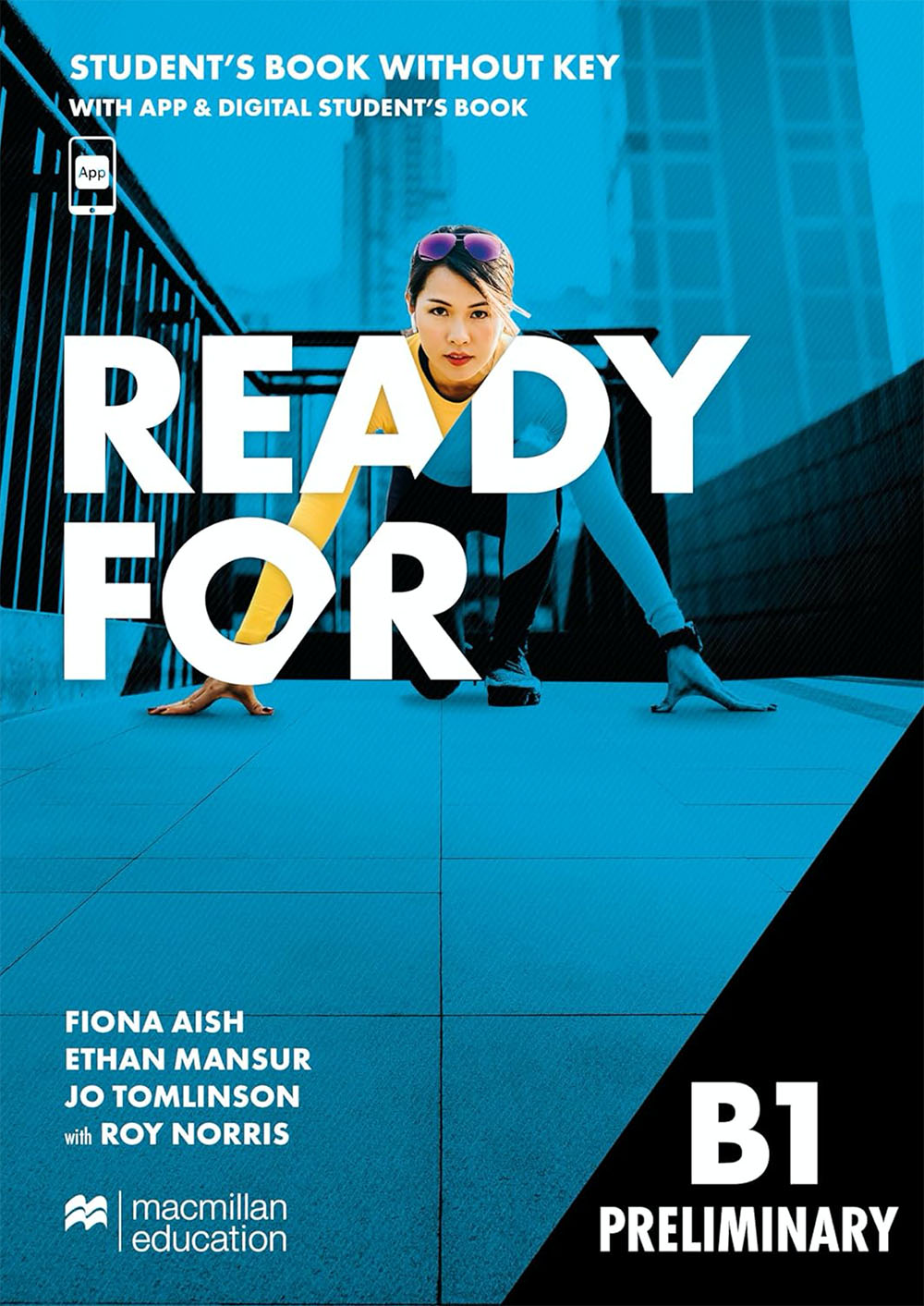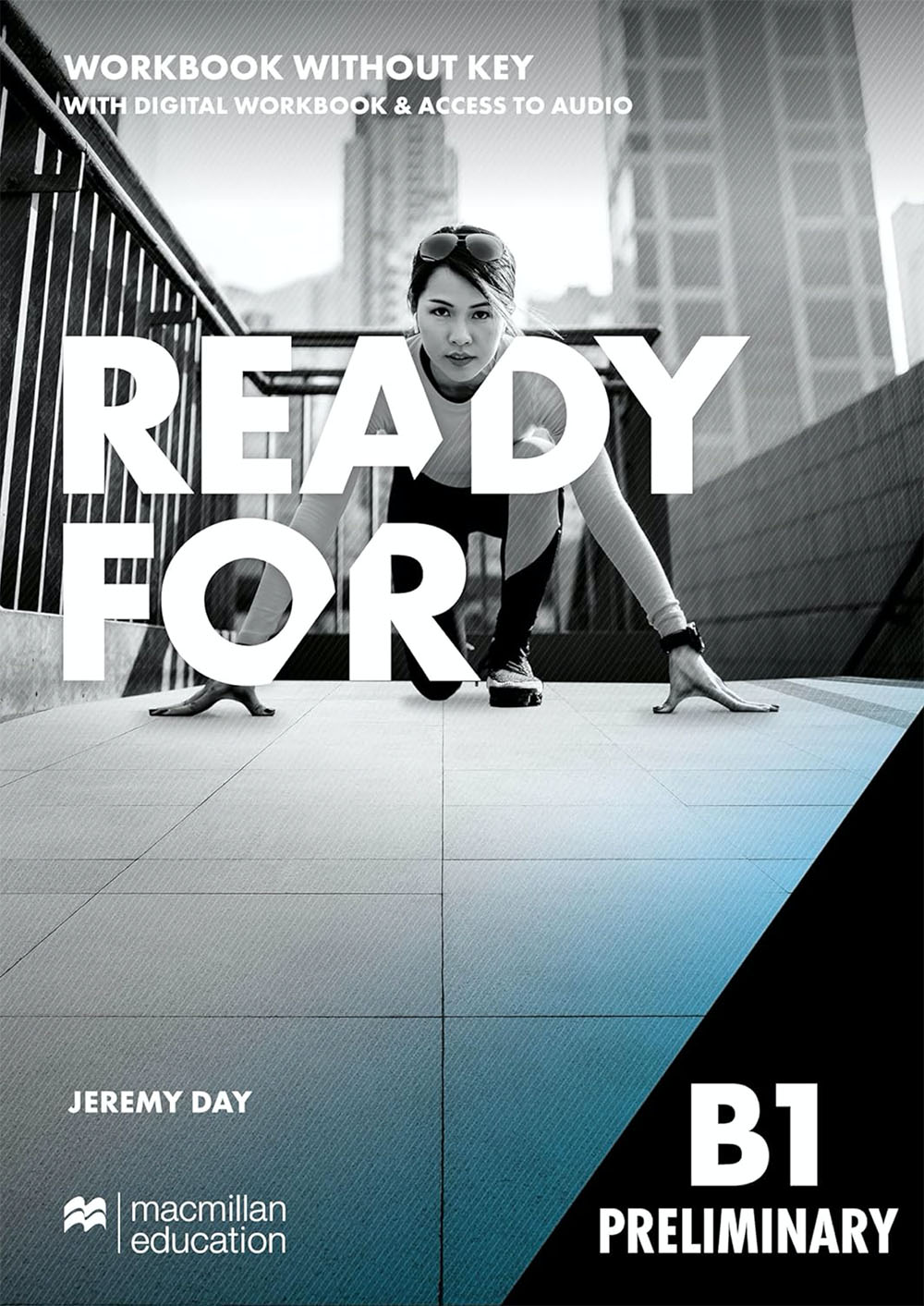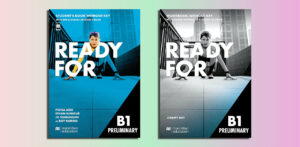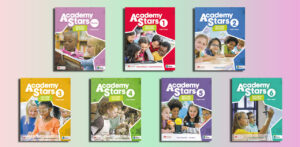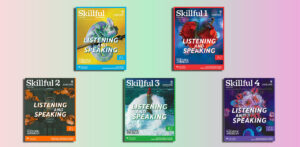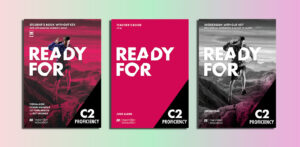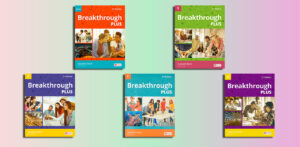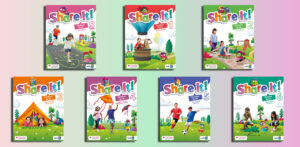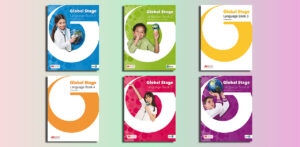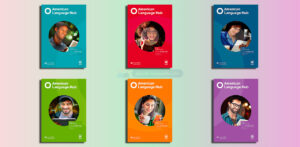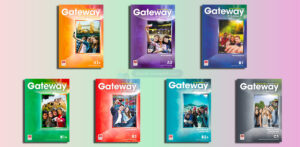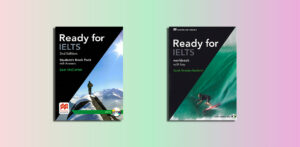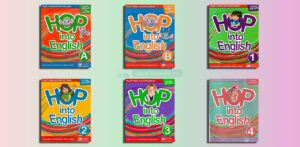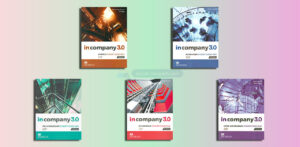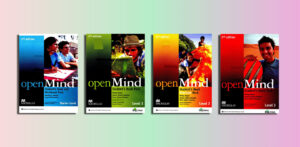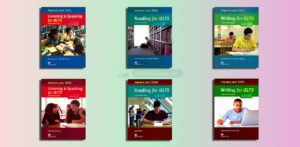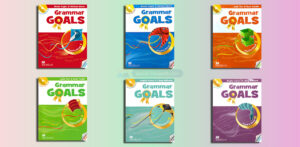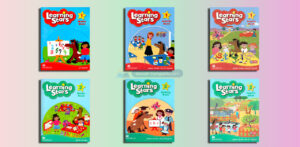Ready for B1 Preliminary (PDFs, Resources)
Ready for B1 Preliminary Student’s Book Audio.zip
Ready for B1 Preliminary Student’s Book.pdf – Sample: Click
Ready for B1 Preliminary Teacher’s Book U1,2.zip
Ready for B1 Preliminary Video.zip
Ready for B1 Preliminary Workbook Audio.zip
Ready for B1 Preliminary Workbook.pdf – Sample: Click
Ready for B2 First: Click here
| Name | Price | Buy |
|---|---|---|
| Ready for B1 Preliminary (PDFs, Resources) | $10 |
Overview of the “Ready for B1 Preliminary”
Contents
| ✅ Coursebook: | Ready for B1 Preliminary |
| ✅ Publisher: | Macmillan Education |
| ✅ Level: | B1 |
| ✅ English type: | British English |
| ✅ Publication year: | 2025 |
The “Ready for B1 Preliminary for Schools” by Macmillan Education is a comprehensive coursebook designed to prepare school-aged learners for the B1 Preliminary for Schools exam (formerly PET), a Cambridge English qualification assessing intermediate-level English proficiency (CEFR B1). Tailored for younger learners, it focuses on practical language skills and exam strategies. Below is a detailed overview based on available information, specifically focusing on the Macmillan edition.
Key Features
Purpose and Target Audience:
- Prepares students for the 2020 revised B1 Preliminary for Schools exam, which tests reading, writing, listening, and speaking skills for everyday communication.
- Aimed at school-aged learners with an intermediate command of English, helping them develop practical language skills and confidence for the exam.
- Emphasizes exam strategies alongside language development to ensure success in real-world and test contexts.
Content and Structure:
- Practice Tests: Includes 8 full-length practice tests that mirror the exam format. The first two tests offer step-by-step guidance with tips for each section (Reading, Writing, Listening, Speaking) to build effective strategies.
Skill Development:
- Reading and Writing: Targeted exercises enhance comprehension and written expression, with tasks aligned to exam requirements.
- Listening: Includes audio tracks for practice, accessible via Macmillan’s digital platforms or downloadable resources.
- Speaking: Integrated practice across units, with specific focus on exam-style speaking tasks to improve fluency and confidence.
Grammar and Vocabulary:
- Features “Ready for Grammar” sections with clear explanations and additional practice to reinforce key concepts.
- Vocabulary exercises are contextualized with engaging, age-appropriate topics to maintain student interest.
- Review Units: Regular review sections consolidate learning and track progress.
Digital and Interactive Components:
- Student’s App: Provides on-the-go practice with unit-based language exercises, two full practice tests, and 60 quick-fire “Are you Ready?” questions. Activities are auto-marked for instant feedback.
- Digital Student’s Book: Offers interactive exercises, integrated audio, and access to a blended learning platform (e.g., Macmillan Education Everywhere, MEE). Requires an access code included with certain editions.
- Audio Resources: Listening test audio is available via the MEE Platform or downloadable from Macmillan’s website.
- Classroom Presentation Kit: A digital tool for teachers to deliver interactive lessons, including all course content in a flexible format.
Teacher Support:
- Teacher’s Book: Includes detailed teaching notes, extra activities, answer keys, audio transcripts, and exam tips. It also provides access to the Teacher’s Resource Centre via the MEE Platform.
- Speaking Videos: Four videos showcase students performing exam speaking tasks, accompanied by worksheets to analyze language, identify errors, and improve techniques.
- Assessment Tools: Additional tests and resources are available through the Teacher’s Resource Centre to monitor student progress.
Additional Features:
- Engaging Design: Full-color visuals reflect the actual exam, making preparation relatable and engaging for younger learners.
- Flexible Use: Suitable for classroom instruction or self-study, with resources like answer keys and audio transcripts supporting independent learning.
- Proven Methodology: Part of Macmillan’s acclaimed Ready for series, trusted for over 20 years in preparing students for Cambridge exams.
Ready for B1 Preliminary Student’s Book
Who is suitable for “Ready for B1 Preliminary”?
The “Ready for B1 Preliminary for Schools” by Macmillan Education is designed for a specific group of learners preparing for the B1 Preliminary for Schools exam (formerly PET), a Cambridge English qualification at the CEFR B1 (intermediate) level. Below is a concise overview of who this resource is suitable for:
Suitable Learners
School-Aged Students:
- Primarily aimed at younger learners, typically teenagers (aged ~12–17), in secondary school or equivalent.
- Tailored for students whose interests and cognitive abilities align with the exam’s age-appropriate content, which focuses on everyday communication in school, social, or travel contexts.
English Proficiency Level:
- Learners at or approaching CEFR B1 level, meaning they have mastered basic English (A2) and can handle intermediate tasks like understanding main ideas in texts, writing short messages, or holding simple conversations.
- Suitable for students who need to strengthen practical language skills (reading, writing, listening, speaking) for real-world use and exam success.
Exam Candidates:
- Students preparing for the B1 Preliminary for Schools exam, which certifies intermediate English proficiency for academic, work, or personal purposes.
- Ideal for those seeking structured preparation, including practice tests, exam strategies, and targeted skill development.
Learning Contexts:
- Classroom Learners: Perfect for students in guided settings, such as school English classes or language courses, where teachers use the book’s resources (e.g., Teacher’s Book, Classroom Presentation Kit).
- Self-Study Learners: Suitable for motivated students studying independently, as it includes answer keys, audio resources, and interactive digital tools (e.g., Student’s App, Digital Student’s Book).
- Blended Learning: Fits learners using a mix of in-person and digital study, with access to the Macmillan Education Everywhere (MEE) Platform and mobile app exercises.
Learning Needs:
- Students who benefit from engaging, youth-oriented content with colorful visuals, modern topics, and interactive activities to maintain motivation.
- Learners needing comprehensive preparation, including grammar and vocabulary practice, exam-style tasks, and speaking practice (e.g., via included videos and worksheets).
- Those requiring flexible resources that support both skill-building and exam-specific strategies, such as time management or task analysis.
Additional Considerations
- Motivation and Goals: Best for students committed to achieving a B1-level qualification for school progression, international study, or personal development.
- Access to Resources: Ideal for learners with access to digital tools (e.g., smartphones for the Student’s App or internet for the MEE Platform) or those in classrooms with teacher support.
Not Suitable For:
- Beginners (A1–A2 learners) who lack foundational English skills.
- Advanced learners (B2 or higher) who need more complex language challenges.
- Adults seeking the standard B1 Preliminary exam, as this version is tailored for younger learners with school-focused content.
Summary
- The Macmillan Ready for B1 Preliminary for Schools is suitable for intermediate-level, school-aged students (teenagers) preparing for the B1 Preliminary for Schools exam, whether in classroom settings or self-study. It caters to learners needing engaging, structured, and comprehensive preparation with digital and teacher support to master practical English and exam techniques.
Ready for B1 Preliminary Workbook
The benefits of “Ready for B1 Preliminary”
The “Ready for B1 Preliminary for Schools” by Macmillan Education offers numerous benefits for school-aged learners preparing for the B1 Preliminary for Schools exam (CEFR B1 level). Below is a concise and comprehensive overview of its key advantages, tailored to students, teachers, and self-learners:
Benefits for Students
Comprehensive Exam Preparation:
- Includes 8 full-length practice tests that mirror the 2020 revised B1 Preliminary for Schools exam format, helping students become familiar with reading, writing, listening, and speaking tasks.
- The first two tests provide step-by-step guidance and exam strategies (e.g., time management, question analysis), building confidence and reducing test anxiety.
Targeted Skill Development:
Strengthens all four language skills:
- Reading: Exercises enhance comprehension of texts like emails, articles, or notices.
- Writing: Practice tasks (e.g., emails, short stories) improve clarity and structure.
- Listening: Audio tracks for exam-style tasks develop listening accuracy.
- Speaking: Integrated practice and four dedicated videos with worksheets help students master fluency, pronunciation, and exam techniques.
“Ready for Grammar” sections offer clear explanations and extra practice, reinforcing key grammar points essential for B1-level proficiency.
Engaging and Age-Appropriate Content:
- Features colorful visuals and topics relevant to teenagers (e.g., school, hobbies, travel), making learning relatable and motivating.
- Regular review units consolidate knowledge, ensuring retention and progress tracking.
Flexible and Accessible Learning:
- Student’s App provides on-the-go practice with unit-based exercises, two practice tests, and 60 quick-fire “Are you Ready?” questions, all auto-marked for instant feedback.
- Digital Student’s Book includes interactive activities and audio, accessible via the Macmillan Education Everywhere (MEE) Platform, ideal for blended or remote learning.
- Downloadable audio resources support listening practice anywhere, enhancing convenience.
Confidence Building:
- Structured exercises and exam tips empower students to approach the exam with confidence.
- Speaking videos demonstrate real student performances, helping learners analyze and improve their own skills.
Benefits for Teachers
Robust Teaching Support:
- The Teacher’s Book includes detailed notes, extra activities, answer keys, audio transcripts, and exam tips, simplifying lesson planning.
- The Classroom Presentation Kit offers digital course content for interactive classroom delivery, enhancing engagement.
- Access to the Teacher’s Resource Centre (via MEE Platform) provides additional assessments and resources for progress monitoring.
Engaging Classroom Tools:
- Speaking videos and worksheets facilitate dynamic lessons, allowing teachers to guide students in analyzing language and improving speaking skills.
- Visual and interactive content keeps younger learners engaged during lessons.
Flexible Delivery:
- Suitable for in-person, hybrid, or online teaching, with digital tools supporting varied classroom environments.
Benefits for Self-Learners
Independent Study Support:
- Editions with answer keys and audio transcripts enable self-checking and autonomous learning.
- The Student’s App and Digital Student’s Book provide interactive, self-paced exercises, ideal for students without regular teacher support.
Structured Learning Path:
- Clear organization and review units help self-learners track progress and focus on weak areas.
- Exam-focused content ensures efficient preparation without needing external guidance.
General Benefits
Proven Effectiveness:
- Part of Macmillan’s trusted Ready for series, used for over 20 years to prepare students for Cambridge exams.
- Aligned with the 2020 exam specifications, ensuring relevance and accuracy.
Motivation and Engagement:
- Modern design, interactive digital tools, and youth-oriented topics keep learners motivated.
- Instant feedback from digital exercises encourages continuous improvement.
Versatility:
- Suitable for both classroom and self-study, catering to diverse learning preferences.
- Prepares students not only for the exam but also for practical English use in school, travel, or social contexts.
Certification Advantage:
- Helps students achieve a globally recognized B1-level qualification, enhancing opportunities for education, work, or international mobility.
Summary
The Ready for B1 Preliminary for Schools by Macmillan offers a well-rounded, engaging, and effective preparation experience. It benefits students by providing comprehensive exam practice, skill development, and digital tools; supports teachers with robust resources and flexible delivery; and empowers self-learners with accessible, structured content. Its focus on practical English, exam strategies, and motivating materials ensures learners are well-equipped for success in the B1 Preliminary for Schools exam and beyond.
Effective learning strategies for “Ready for B1 Preliminary”
To maximize the benefits of “Ready for B1 Preliminary for Schools” by Macmillan Education and effectively prepare for the B1 Preliminary for Schools exam, students can adopt targeted learning strategies that leverage the resource’s structure, content, and digital tools. Below are practical, actionable strategies tailored for school-aged learners, self-learners, and those in classroom settings, ensuring efficient skill development and exam readiness.
General Learning Strategies
Set Clear Goals and a Study Schedule:
- Why: A structured plan keeps preparation focused and manageable.
- How:
- Set a target score (e.g., ~140 on the Cambridge English Scale for a pass) and identify weak areas (e.g., speaking, writing) using practice test results.
- Dedicate 1–2 hours daily or 3–4 weekly sessions, balancing reading, writing, listening, and speaking practice.
- Allocate time for review units every 2–3 weeks to consolidate learning.
Use the Book’s Structure Strategically:
- Why: The coursebook’s organization (8 practice tests, grammar sections, review units) is designed for progressive learning.
- How:
- Start with the first two guided practice tests to learn exam strategies (e.g., skimming for reading, structuring emails for writing).
- Work through units sequentially, focusing on one skill (e.g., listening) per session to avoid overload.
- Revisit “Ready for Grammar” sections for targeted practice on challenging topics (e.g., past perfect, conditionals).
Practice Active Engagement:
- Why: Active learning improves retention and application of skills.
- How:
- Take notes on key grammar rules or vocabulary from each unit, creating flashcards for quick review.
- Summarize reading passages in your own words to boost comprehension.
- Record yourself completing speaking tasks and compare with the book’s speaking videos to identify improvements.
Skill-Specific Strategies
Reading:
- Goal: Improve speed and accuracy in understanding texts (e.g., notices, articles).
- Strategies:
- Practice skimming and scanning: Read questions first, then scan passages for keywords to answer efficiently.
- Use the book’s reading tasks to practice identifying main ideas and details. Highlight unfamiliar words and learn them in context.
- Time yourself during practice tests to match the exam’s 45-minute reading section.
Writing:
- Goal: Develop clear, structured responses (e.g., emails, short stories).
- Strategies:
- Study sample answers in the book to understand structure (e.g., greeting, body, closing for emails).
- Practice writing one task per week, using the book’s prompts, and check against answer keys or teacher feedback.
- Focus on common B1 writing skills, like linking words (e.g., however, therefore) and varied sentence structures.
Listening:
- Goal: Enhance ability to follow conversations and extract key information.
- Strategies:
- Use the book’s audio tracks (via the MEE Platform or downloads) to practice exam-style tasks (e.g., multiple-choice, gap-fill).
- Listen to recordings twice: first for general understanding, then for specific details. Note keywords or phrases.
- Practice in varied environments (e.g., with background noise) to simulate real-world listening challenges.
Speaking:
- Goal: Build fluency, pronunciation, and confidence for the 12–17-minute exam.
- Strategies:
- Watch the four speaking videos included in the book, using worksheets to analyze student performances and note effective phrases or errors to avoid.
- Practice paired speaking tasks with a partner or teacher, mimicking the exam format (e.g., describing photos, discussing preferences).
- Record responses to practice prompts, focusing on clear pronunciation and natural pacing, and compare with video examples.
Leveraging Digital Tools
Maximize the Student’s App:
- Why: The app offers flexible, interactive practice for busy learners.
- How:
- Complete the 60 “Are you Ready?” questions to reinforce vocabulary and grammar.
- Use the two full practice tests on the app for timed, exam-like conditions.
- Review auto-marked feedback to identify and address weak areas quickly.
Utilize the Digital Student’s Book:
- Why: Interactive exercises and integrated audio enhance engagement.
- How:
- Complete interactive tasks on the MEE Platform during study sessions, focusing on one unit at a time.
- Use the platform’s progress tracking to monitor improvement in specific skills.
Incorporate Audio Resources:
- Why: Regular listening practice builds familiarity with accents and question types.
- How:
- Download audio tracks from Macmillan’s website for offline practice.
- Listen to tracks during commutes or downtime to reinforce listening skills passively.
Strategies for Classroom and Self-Study
Classroom Learners:
- Collaborate: Engage in group activities (e.g., role-plays for speaking) using the book’s prompts to build confidence.
- Leverage Teacher Resources: Ask teachers to use the Classroom Presentation Kit for interactive lessons or discuss speaking video worksheets in class.
- Seek Feedback: Submit writing tasks or practice speaking with teachers to get personalized advice based on the book’s answer keys.
Self-Learners:
- Simulate Exam Conditions: Use the book’s practice tests under timed conditions (e.g., 45 minutes for reading/writing) to build stamina.
- Self-Assess: Compare answers with the book’s answer keys or audio transcripts to identify errors and improve.
- Join Study Groups: Use platforms like X to connect with other learners for virtual speaking practice or to share tips.
Additional Tips for Success
Regular Review and Reflection:
- Use the book’s review units every 2–3 weeks to test retention and address gaps.
- Keep a journal to track progress, noting improvements (e.g., faster reading, better pronunciation) and areas needing work.
- Balance Practice with Real-World Application:Apply skills outside the book by reading English articles, watching teen-focused English shows, or writing short emails to friends.
- Practice speaking with language exchange partners or apps to complement the book’s tasks.
Stay Motivated:
- Set small milestones (e.g., completing one practice test with a target score) to stay motivated.
- Reward progress with breaks or activities to maintain engagement with the book’s colorful, youth-oriented content.
Why These Strategies Work
- Alignment with Resource: The strategies leverage the book’s practice tests, grammar sections, digital tools, and speaking videos to address all exam components.
- Active and Varied Learning: Combining active engagement, timed practice, and digital tools caters to different learning styles and keeps preparation dynamic.
- Exam-Focused: Timed tests and strategy-focused exercises mirror the exam’s demands, ensuring readiness for the Cambridge English Scale (~140 to pass).

